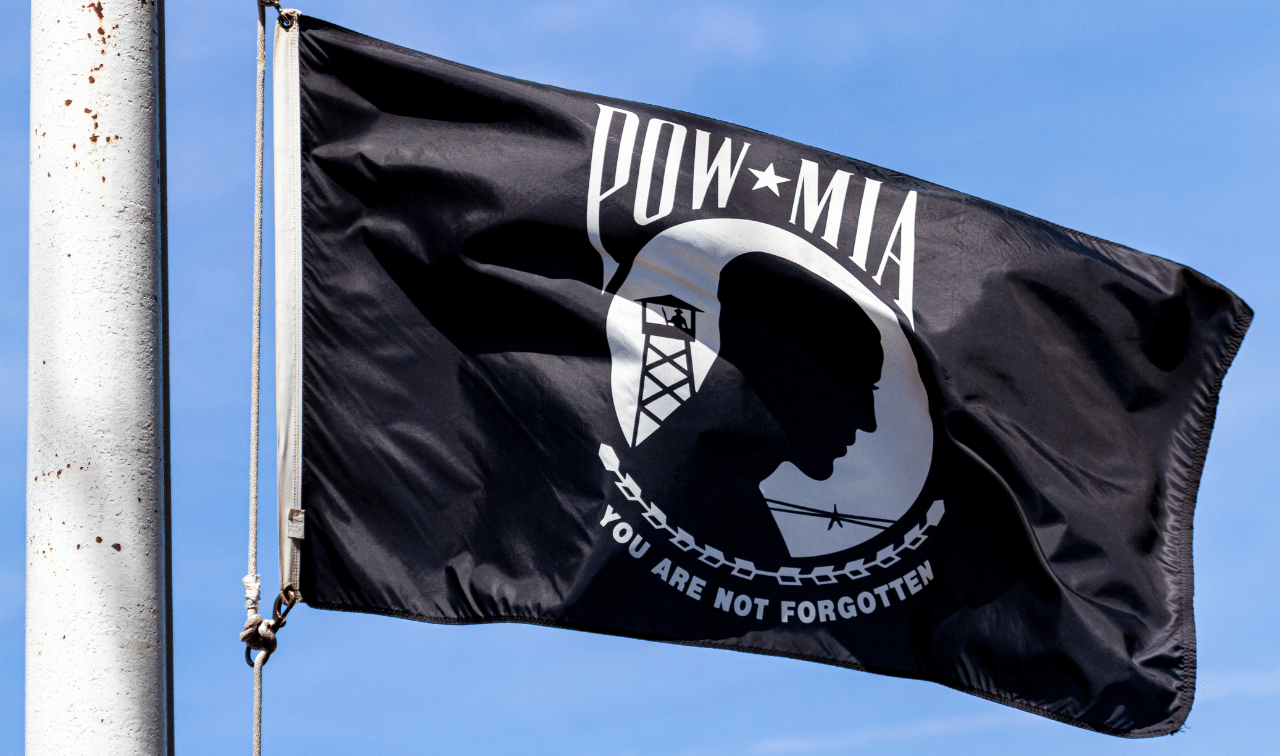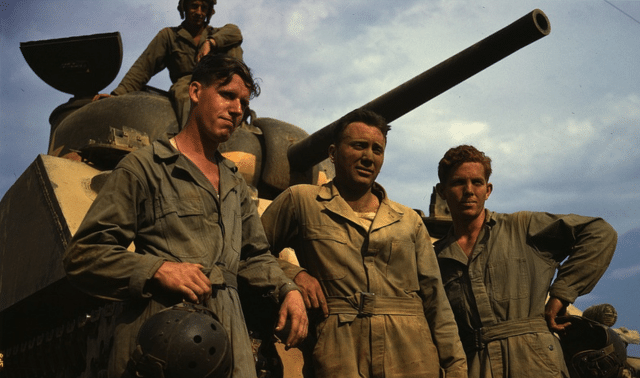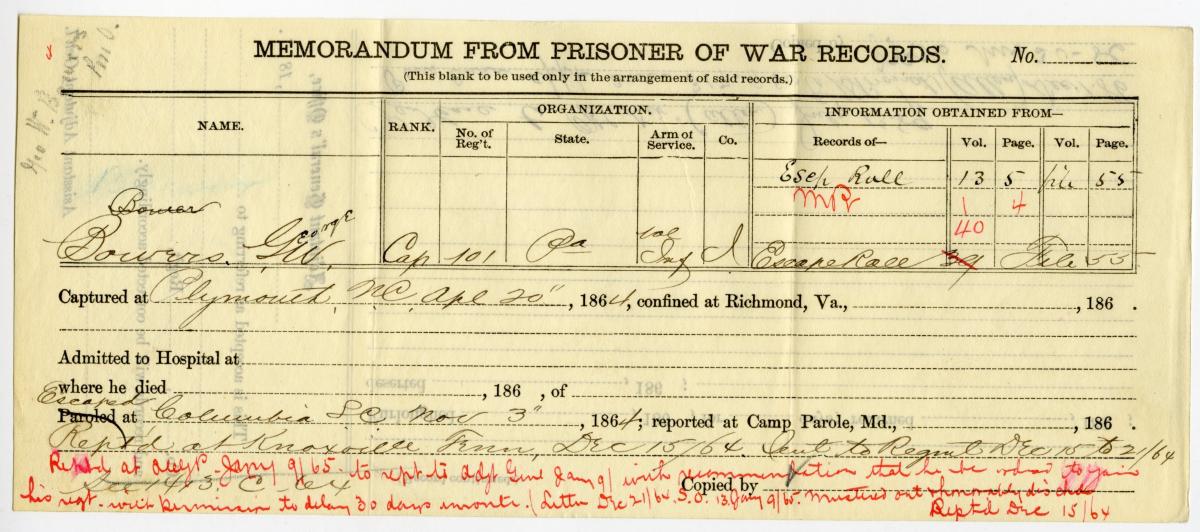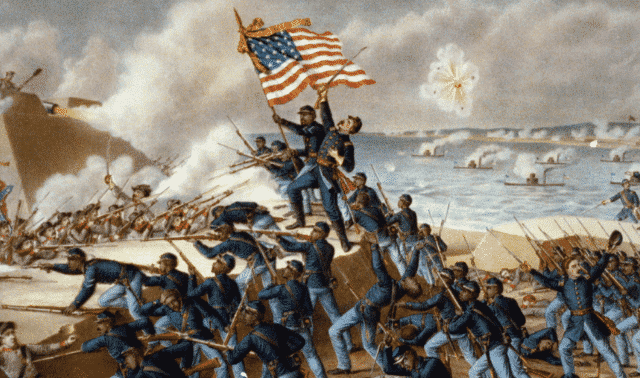Even in destinations better known from travel brochures than history books, you can find fascinating detours into the past. Here are three historic getaways you can make part of your more conventional vacations to Alabama’s Gulf Coast, Hawaii and Maine.
If Adm. David Farragut were steaming into Mobile Bay today instead of in August 1864, he might amend his famous torpedo-defying remark to “Damn the condos, full speed ahead!” Alabama’s Gulf Coast, stretching from Mobile to Pensacola, Fla., has changed a bit since Farragut made Civil War history and Bartlett’s Familiar Quotations. The Confederate troops defending Fort Morgan, the gateway to Mobile Bay, manned a star-shaped brick bunker barely visible from the water — an oven in the Alabama summer. Today, air-conditioned condos beckon vacationers to frolic in the surf those wool-clad Rebels could only gaze longingly at.
But the rapid development of the Gulf Coast doesn’t mean you still can’t get a feel for history here. When you need a break from the beach, the past is waiting for you.
Start with Fort Morgan itself, a National Historic Landmark at the end of a sandy finger pointing from Gulf Shores, Ala., into the mouth of the bay. Begun in the aftermath of the War of 1812 and completed in 1834, the fort was named after Revolutionary War hero Daniel Morgan. Then as now, you entered through a tunnel with an ornate sandstone entryway, across a grassy moat and into a courtyard. A central citadel, since torn down, served as a barracks and as a potential last stand against invaders.
Taken by secessionist forces without firing a shot — unlike its better-known sibling, Fort Sumter, in South Carolina — in January 1861, the fort became a haven for Confederate blockade runners. A long-feared Union attack began on Aug. 5, 1864: 14 wooden ships, lashed together in pairs, and four ironclads appeared at dawn. Farragut’s fleet began a run past the fort’s guns, but his lead ironclad, the Tecumseh, hit a mine — called a “torpedo” in that era — and sank. In Tecumseh’s wake, the following vessels stalled, right under the guns of the fort.
Farragut, high above the deck of the Hartford, ordered the fleet forward. Accounts published after his death attributed to the admiral the memorable order, “Damn the torpedoes, full speed ahead!” The Union ships crossed the mine field unscathed and defeated three Confederate ships, including the mighty ironclad ram Tennessee.
Union troops could then land and besiege Fort Morgan, supported by an intense bombardment that dropped 6,000 rounds on the almost 600 Confederates within. In a diary now in the fort’s museum, Lt. Joseph Wilkinson Jr. of the 1st Tennessee Heavy Artillery wrote, “We are in the hands of the Almighty and may He be merciful to us.”
On Aug. 23, a shell-shocked Brig. Gen. Richard L. Page ordered Fort Morgan’s surrender. (He wrote his superiors that the fort was “a mass of rubble” — an understandable exaggeration.) His troops, the 1st Tennessee and 1st Alabama Artillery, were mostly taken as prisoners to Elmira, NY, where a third of them died.
Alabama Gulf Coast

After the war, the fort was turned over to the Alabama Historical Commission. A museum now preserves artifacts ranging from the lighthouse’s Fresnel lens to uniforms to a piece of the shell that decapitated the commanding officer in an 1863 mishap. If your Civil War ancestors defended the fort, you can study their service records on microfilm and see letters and diaries. But it’s a Union re-enactor — representing the occupying 6th Michigan Heavy Artillery — who stands sentry over re-created barracks. You can also tour the quarters of the laundresses who cleaned the soldiers’ garments for 25 cents an item (and half rations). In March, June and July, Fort Morgan offers Civil War Day Camps for kids ages 9 to 11; the $20 fee includes a replica hat the “recruits” are issued upon “enlistment.”
Fort hours vary seasonally; the museum is open 9 a.m. to 5 p.m. Admission is $3 for adults, $1 for ages 6 to 12, free under age 6. For more information, call (251) 540-7125 or visit <www.preserveala.org/sites/ftmorgan/sites-morgan.html>, or write 51 Highway 180 W., Gulf Shores, AL 36542.
The fort is adjacent to one of four sections of the Bon Secour National Wildlife Refuge (12295 Highway 180, 251-540-7720, <bonsecour.fws.gov>). These 6,700 acres protect some of Alabama’s last pristine coastal barrier habitat, home to species ranging from the loggerhead sea turtle to the piping plover to the Alabama beach mouse. An ideal base for your visit to Fort Morgan is The Beach Club (925 Beach Club Trail, Gulf Shores, 888-260-7263, <www.beachclubal.com>), a shimmering condo development that also rents to short-term vacationers. You can enjoy a gulf view, sugar-white beach, a quarter-mile beachfront boardwalk, pools, a racquet club and a European-style spa. There’s nothing like a Swedish massage to work out the kinks after a long, hard day “defending” Mobile Bay.
Once you’ve seen how your ancestors fought, recapture how they lived with a trip to Magnolia Springs, a town halfway between Mobile and Pensacola where time seems stuck at the turn of the century. It’s the last place in America where all the mail is delivered by boat. The Moore Brothers Village Market (14770 Oak St., 334-965-3827) will make you think you’ve stepped into a 1920s general store (with modern gourmet additions). The adjoining Jesse’s Restaurant serves pecan-crusted catfish, po’ boys, soft-shell crab and other nouvelle down-home fare. Then spend the night at the Magnolia Springs Bed & Breakfast (14469 Oak St., 800-965-7321, <www.magnoliasprings.com>), a lovingly restored 1897 structure featured on HGTV’s “Restore America.”
To see the Gulf Coast as the first settlers did, take a bayou-country tour aboard a sleek, 23-foot Caribiana Sea Skiff. Joanne McDonough, producer of the memorable nature segments of CBS’ “Sunday Morning with Charles Kuralt,” chucked her TV career and founded Caribiana Cruises (2 Perdido Point, Orange Beach, 888-203-4883, <www.caribiana.com>) to build and cruise these unusual boats. From egret breeding grounds to playful dolphins to backwater bayous little changed from when the British, Spanish and French sparred over this region, you’ll see views accessible only by water.
More dining options along the Alabama Gulf Coast:
• Calypso Fish Grille and Market
27075 Marina Road Orange Beach, (251) 981-1415, <www.calypso-grill.com> : Kids will love the crab races; you’ll love the fresh conch.
• Gulf Shores Bistro & Bakery
200 Club House Drive Gulf Shores, (251) 967-4646: Upscale dining and to-die-for desserts.
• King Neptune’s Seafood Restaurant
9949 Highway 180 W. Gulf Shores, (251) 968-5464: Oysters every which way in a charming hole-in-the-wall.
• Nolan’s
508 E. Beach Blvd. Gulf Shores, (251)-948-2111: For a beef break from the omnipresent seafood.





